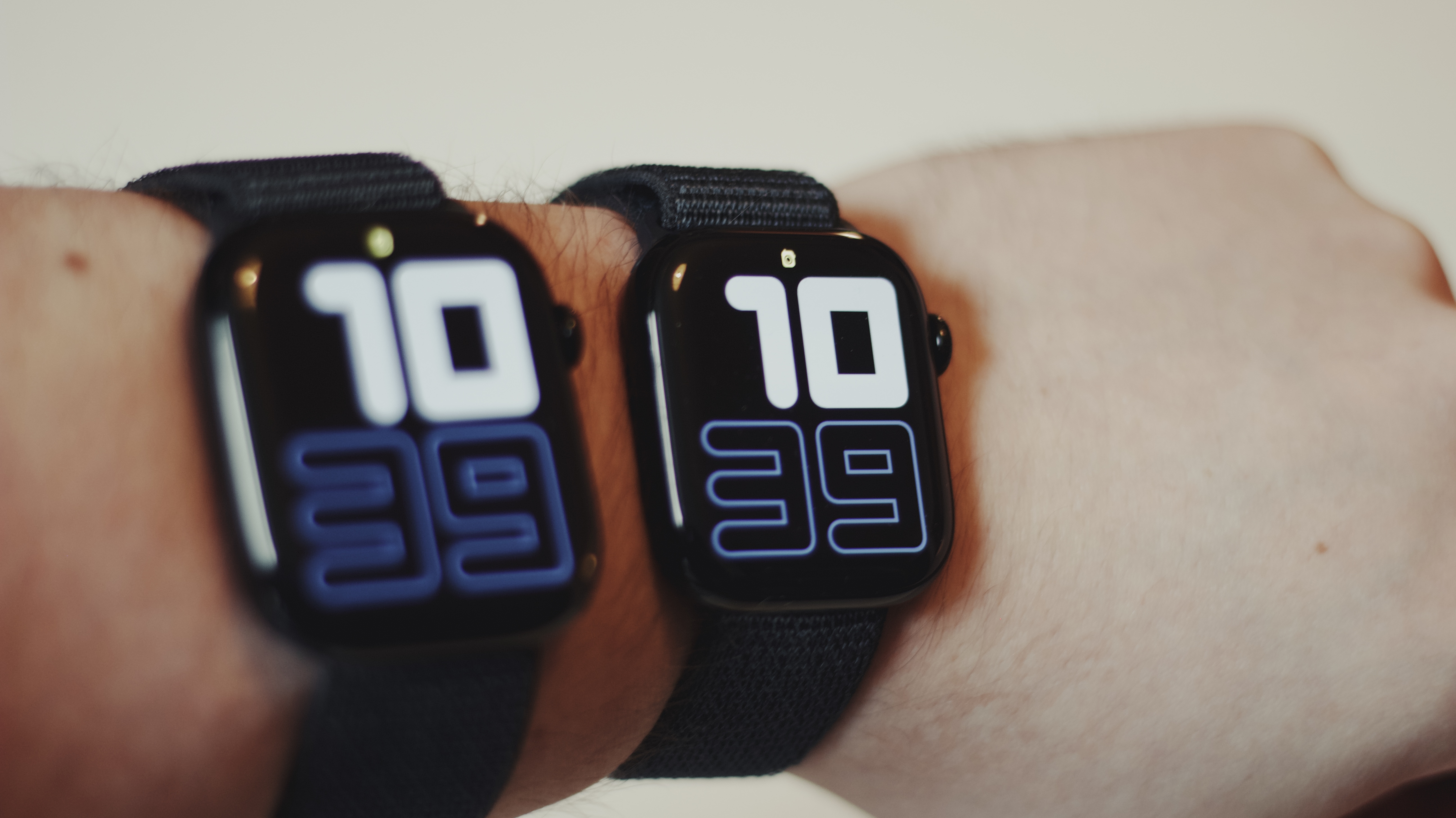
Smaller, cheaper
The 42mm Apple Watch Series 10 is lighter, cheaper, and less bulky than its larger counterpart. But you'll miss out on a more expansive display.
For
- Smaller
- Lighter
- Cheaper
Against
- Display size
- Harder to type on
Bigger. Better?
The larger 46mm option is more expensive than the 42mm, but you'll get a much larger display that's easier to read and easier to type on.
For
- Much bigger display
- Easier to read
- Easier to type on
Against
- Heavier
- Bulkier
- More expensive
If you’re eyeing up Apple’s new Apple Watch Series 10, then one of the most important choices you’ll make when buying it is choosing between its 42mm and 46mm case sizes.
Apple’s mainstream flagship wearable for 2024 comes in two distinct sizes, both larger than in previous years. While the difference in shape and size might sound obvious, picking between the sizes does impact your purchase more than you might think.
A larger Apple Watch is going to offer more battery life and a larger display but at the cost of more weight and cash. A larger watch size will also be easier to type on thanks to its larger keyboard, but a smaller one will be less intrusive and is less likely to get scratched or bumped. As you can see, there’s more to this choice than you might think, so here’s everything you need to know before you hit “buy”.
Apple Watch Series 10 vs Ultra 2: Price and availability
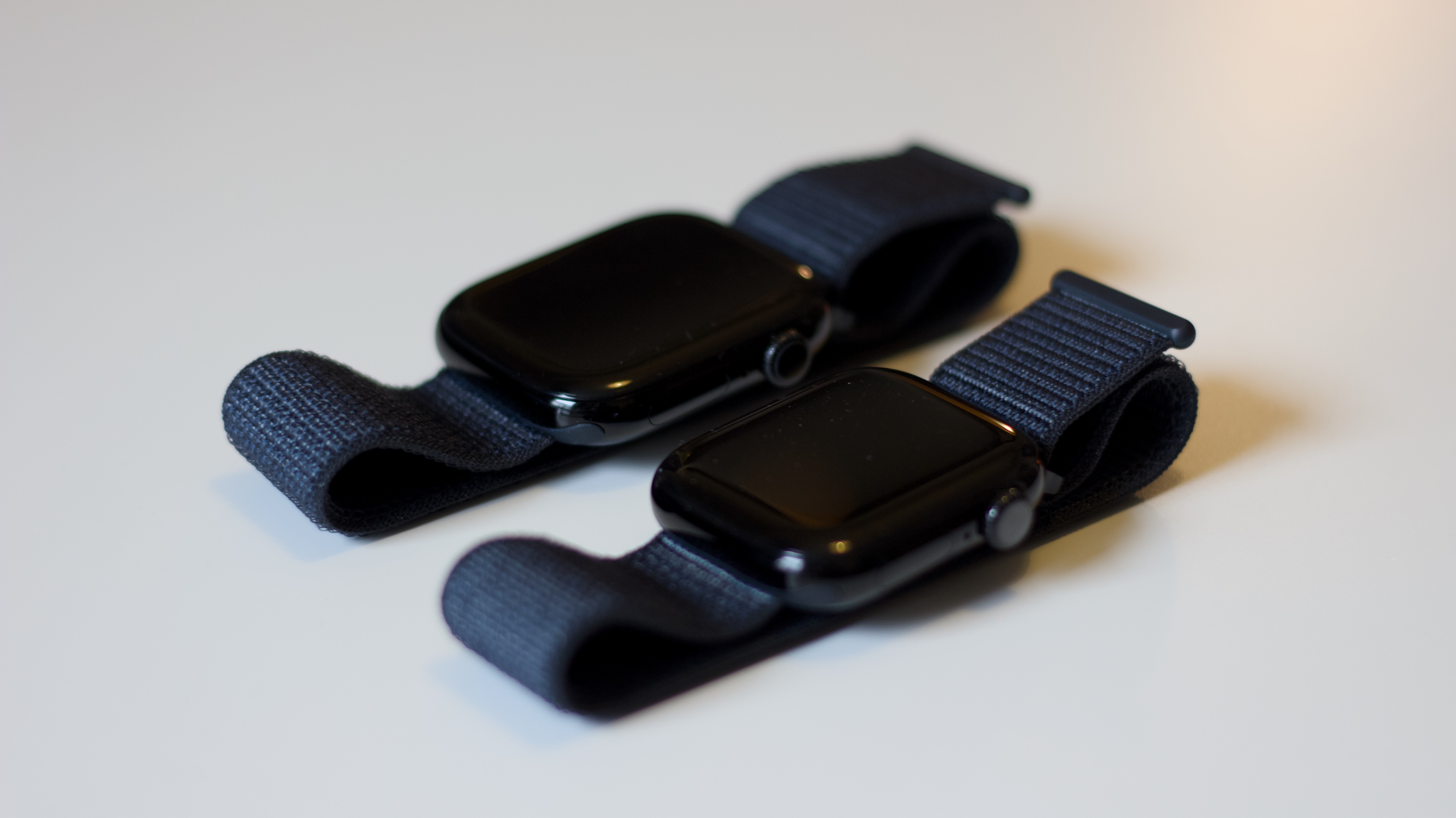
The Apple Watch Series 10 was released in September 2024. Prices start at $399/£399/AU$649 for the 42mm or $429/£429/AU$699 for the larger 46mm model.
There are also cellular options and the more expensive titanium finish. With each option, picking the larger size adds around $30/£30/AU$50.
Apple Watch 42mm vs 46mm at a glance: Specs
The mm size of an Apple Watch refers to the vertical height of the watch case, which means you need a few more stats to compare the overall dimensions of the watch and the size of the display case.
Evidently, 4mm on paper quickly translates to a significantly larger display size: that’s a whopping 23% larger on the 46mm compared to the 42mm. While neither Watch is huge, these models mark a significant increase over the sizes of previous models, some 30% larger than the Series 6 design, and 9% larger than last year’s Apple Watch Series 9.
The difference in display is sizeable, and worthy of consideration before you make your pick. Both Watch models offer a Retina OLED display, so pixels won’t be distinguishable to the naked eye, but the larger 46mm version offers much more display real estate.
Apple Watch 42mm vs 46mm: Thickness and weight
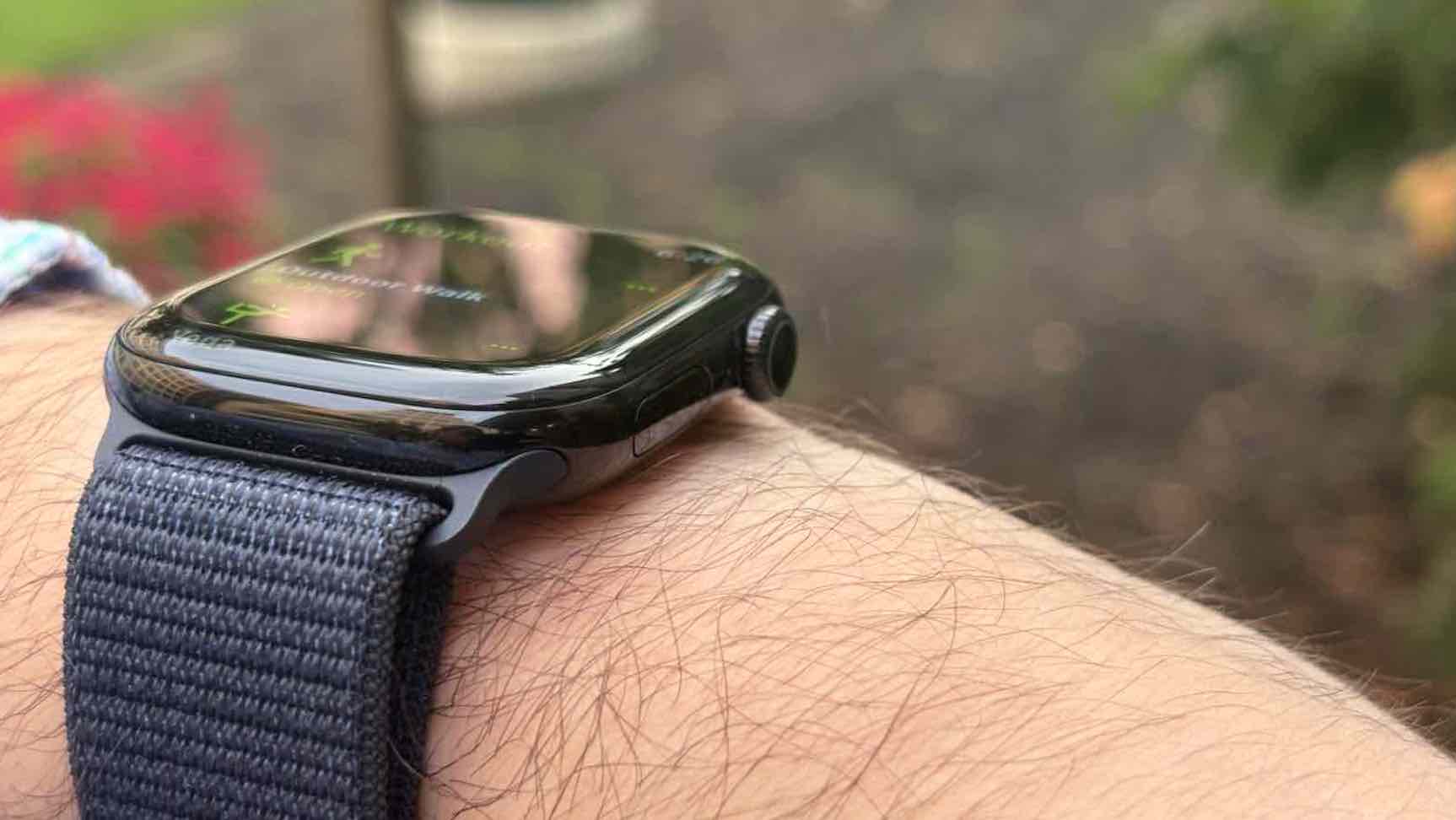
There is no difference between either model when it comes to thickness, both measure 9.7mm in depth, significantly less than Apple Watch models in previous years. As you might expect, the larger Watch does come with some extra weight, roughly 6 grams across every model, but that’s hardly enough to write home about. If you must have the lightest Watch possible, the smaller one is best, but the trade-off in display size probably isn’t worth it.
Apple Watch 42mm vs 46mm: Wrist sizes

Apple has always been quick to dispel the notion that its smaller and larger Apple Watch models are a simple ‘his and hers’ division. Instead, Apple focuses on wrist size. The 46mm Watch is posed as a watch for 140-245mm wrists (circumference, presumably), while the 42mm version fits 130-200mm wrists. No doubt, the larger Watch will feel obtrusive and uncomfortable on a more slender wrist, and it might not even fit properly depending on the type of band you have. Conversely, a 42mm Watch will fit on any wrist, but it could end up looking comically small for those with bigger arms.
Apple Watch 42mm vs 46mm: Battle of the bands
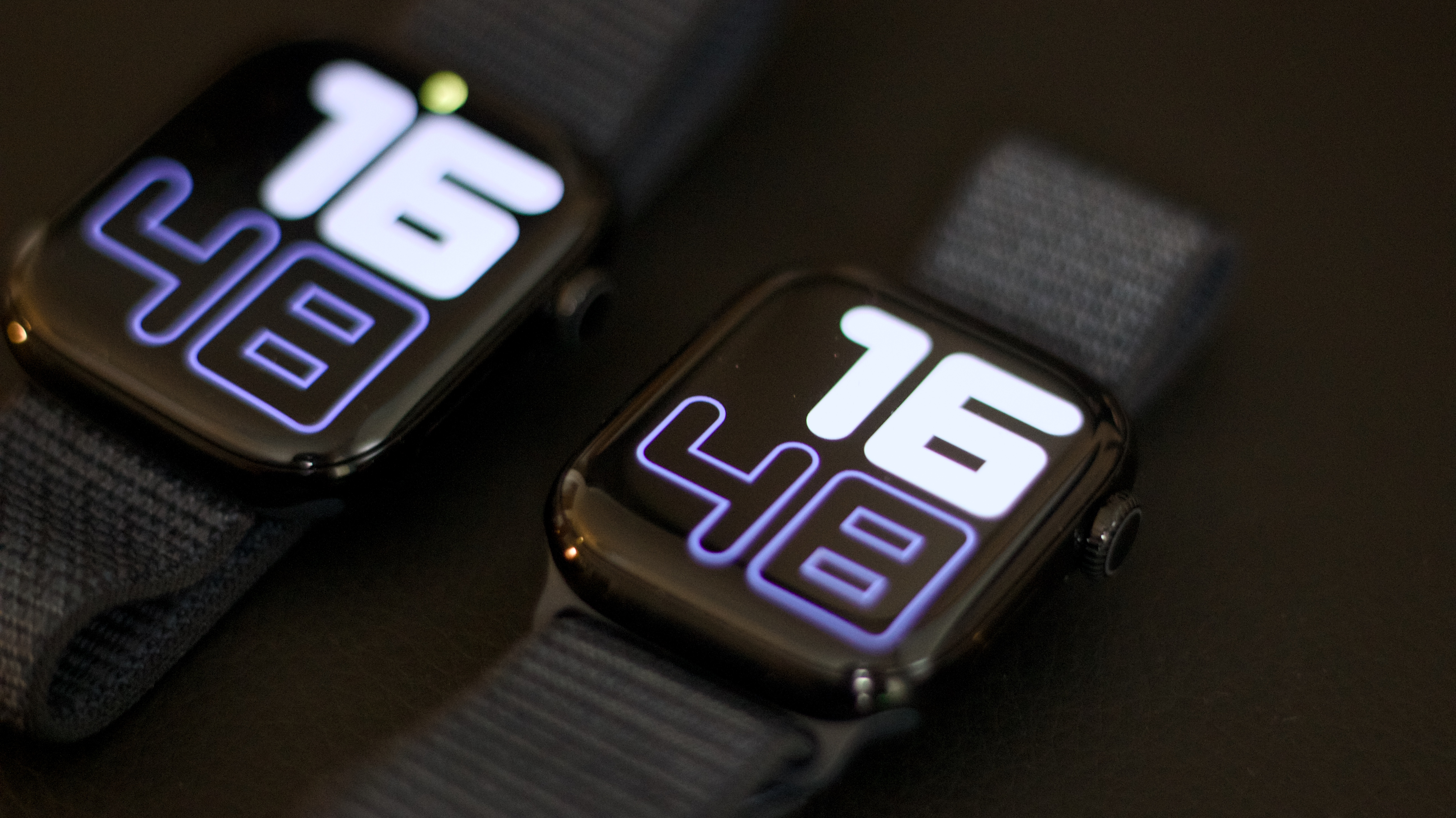
When it comes to band selection, it doesn’t really matter which Apple Watch size you choose. Pretty much every band made by Apple and third-party retailers comes in both sizes, either 42mm or 46mm, so picking one size or the other won’t limit you here. However, if you already own an Apple Watch or any Apple Watch bands, it’s important to get this selection right.
The 42mm Apple Watch is this year’s new “small” Apple Watch. That means that bands made for the 38mm, 40mm, or the 41mm Watch will work with this year’s new model. 46mm is the new “large” model and will work with bands made for the 44mm, 45mm, and even the 49mm Apple Watch Ultra series. Every band in our best Apple Watch band selection will work: just make sure you get the right size.
Apple Watch 42mm vs 46mm: Battery life
You might assume that a bigger Apple Watch will have more battery life, because the battery is larger. However, it has to power a larger display. As such, Apple doesn’t list any variance in battery life between the two sizes. Both are rated for up to 18 hours of regular use, or 36 hours in watchOS 11’s Low Power Mode. Both also feature the same 0-80% in 30 minutes fast charging, too. There might be a tiny advantage to a larger watch in terms of battery life, but the gains are so marginal you shouldn’t let it influence your decision.
Apple Watch 42mm vs 46mm: Which should you buy?
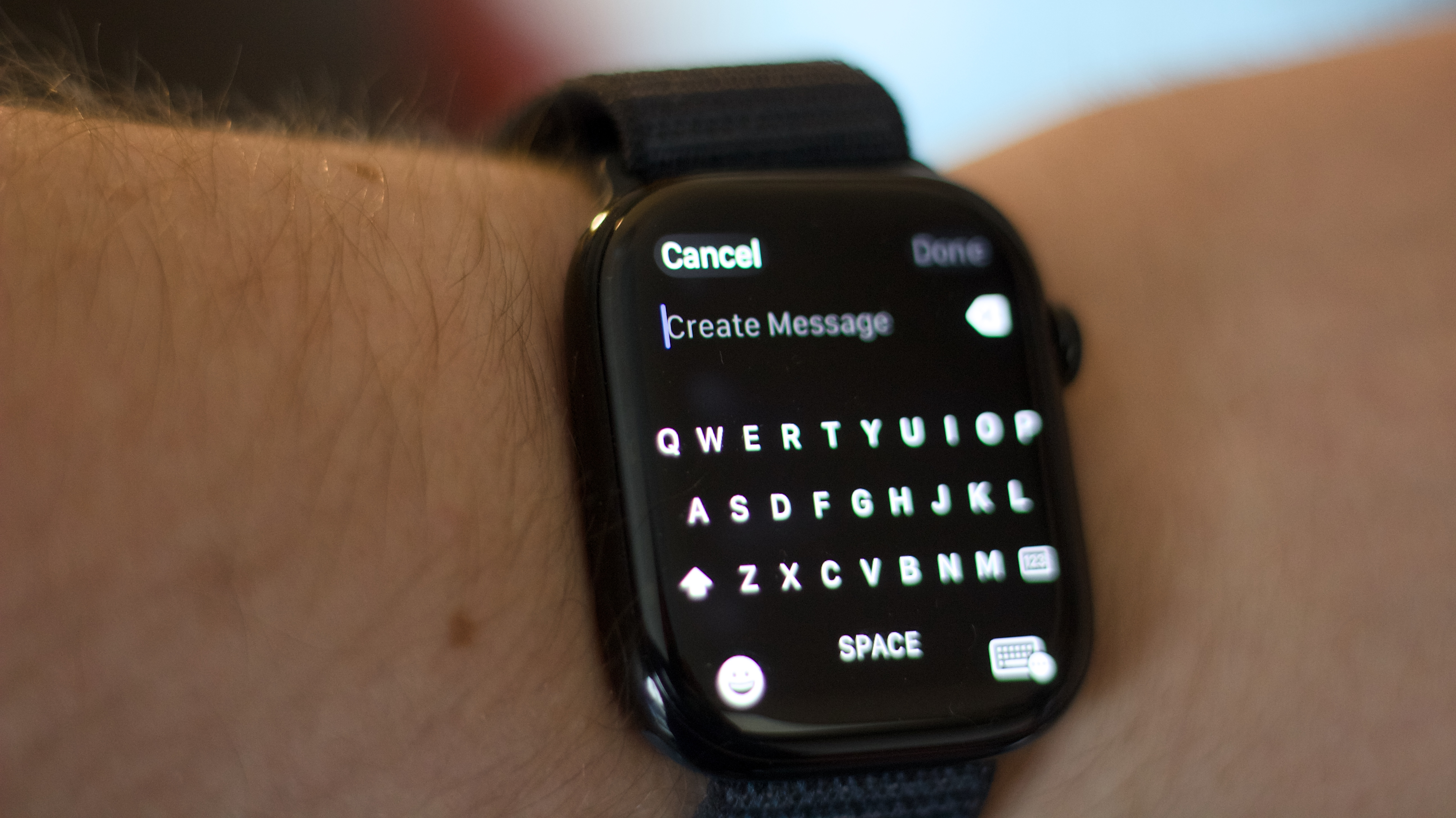
As you can see, the difference between the 42mm and 46mm Apple Watch Series 10 is fairly slim. There aren’t any specific technical or feature differences between the two, so it’s all about taste, aesthetics, and the amount of bulk you want to carry around on your wrist. If you want a larger display that’s easier to read and type on and don’t mind the extra bulk or the more expensive price tag, pick the 46mm. If you want a smaller, less obtrusive Apple Watch, or you’re trying to save money, the 42mm is probably for you.







